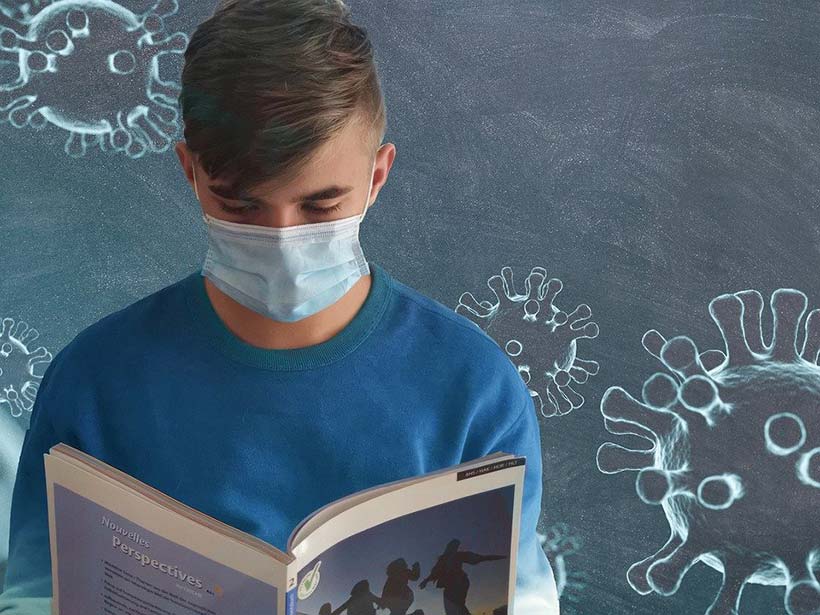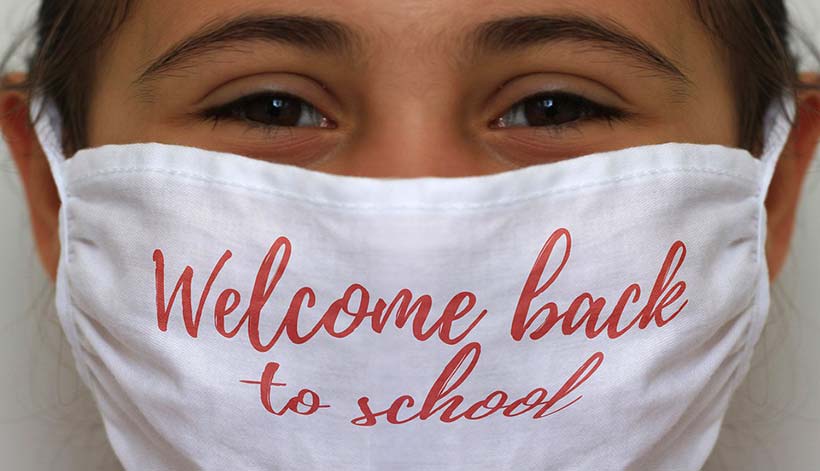2020 will remain in the minds of many people.
What started as a good year has drastically changed along the way.
Few would have guessed that the whole world will be facing a pandemic.
Unfortunately, coronavirus has cost many people their lives.
Many countries, including the UK, have tried their best to control the situation.
Since the virus is spreading quickly, limiting the rate at which people are getting infected has been made a priority.
As a result of the COVID-19 pandemic, there have been rules and guidelines given by the UK government and World Health Organization.
Most of the rules are meant to discourage unnecessary movement and encourage social distancing.
As a result, many sectors have been negatively affected.
The economy has also been hit, and many people cannot work at the moment.
Among the many affected sectors is the education sector.
Schools were forced to close abruptly because of the virus.
However, it is crucial to state that there might be a light at the end of the tunnel.
As time has passed, we have started understanding how the virus works, ways to prevent it, and how it spreads.
This has been crucial in helping the UK government know the next steps to take to enable schools and other institutions to open their doors again.
Here is how the opening of schools is going to work.
Article Chapters
Phased Reopening
As a parent, your main goal in life tends to be taking care of your kids no matter the situation.
Many parents are worried at the moment because of the coronavirus.
No one wants to put their child in danger by exposing them to the virus.
The government has put some measures in place to enable schools to open without putting children in harm’s way.
One of the guidelines issued is the phased reopening of schools.
Those in secondary schools may be forced to wait longer than others go back to school.
This is to limit the number of those in schools to make management easier.
Small Number of Students Per Class
Through recent experience, we have come to know that social distancing is essential to limit the further spread of the virus.
Those who will be allowed to go back to school will have to be few in a given class.
This will be achieved by dividing classes in half of their original number.
This is beneficial as it will enable social distancing.
However, it is important to note that young children may have a hard time maintaining social distancing.

More Space
Since it was established that social distancing is essential at the moment, schools need to have more space for classes.
Classes will have to be split, meaning that others may be required to learn in another room.
There were genuine concerns from schools and parents on how finding more space would be possible, especially in a short period.
Some schools have been advised to utilise rooms like the library for extra space.
Others are using temporary structures to meet their needs.
As we face the coronavirus, companies in the construction field have been at the forefront in helping the government achieve its goal of saving more lives by limiting the further spread of the virus.
One such company is a UK-based temporary building company known as Smart-Space.
Smart-Space has been recognised in proving the much-needed space by giving building solutions to help institutions like schools and hospitals.
Here are useful details on how you can reach them and why their temporary buildings should be utilised to provide the much-needed space by schools.
Testing
Every student who attends school and their teachers are required to go for testing.
This is to help identify those who might be infected with the virus.
You might be wondering what will happen if one of the students tests positive for coronavirus.
If any student or teacher is found with the virus, the rest of the class will have to self-isolate for two weeks.
It was discovered that many people have been infected by touching contaminated surfaces.
Schools are required to ensure that classrooms are regularly cleaned to limit the spread of the virus.
Students and their teachers are also required to clean their hands and limiting contact with each other.
Personal Protective Equipment
The use of PPE like face masks has become a norm in a short period.
Questions have been raised about whether children should be required to wear PPE while attending school.
The government has stated that if any students develop symptoms related to COVID-19, those supervising them will be required to wear PPE if distancing cannot be maintained.
Conclusion
It is crucial to state that as a parent, you have a part to play.
You should ensure that you talk to your kids about the situation and help them understand.
Children and teachers who may have health conditions that might make them vulnerable will not be allowed back into schools.

